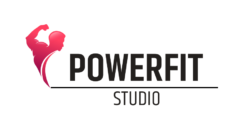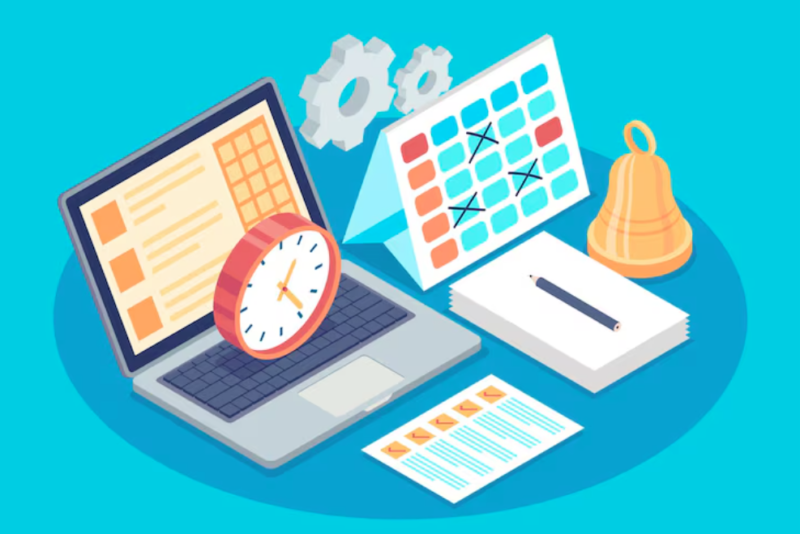In the demanding world of therapy, practitioners often find themselves juggling client care with the administrative burden of documentation. Every session requires meticulous notes, detailing observations, interventions, and treatment plans. While essential for legal compliance, continuity of care, and billing, this documentation can consume a significant portion of a therapist’s valuable time. Imagine reclaiming those hours, not for more clients, but for professional development, personal well-being, or simply a deeper focus on patient needs. This is where the transformative potential of AI-powered tools comes into play, offering a revolutionary solution for streamlining session documentation.
The Documentation Dilemma: A Therapist’s Time Sink
The average therapist spends a substantial amount of time outside of direct client contact on administrative tasks, with documentation being a primary culprit. Studies suggest that therapists can dedicate anywhere from 10% to 30% of their workweek to writing notes. This isn’t just about time; it’s about mental energy. After emotionally intensive sessions, the cognitive load of accurately recalling and transcribing details can be exhausting, leading to burnout and reducing the quality of care in subsequent sessions.
Traditional methods often involve manual typing, dictation, or even handwritten notes that later need to be digitized. Each of these methods presents its own challenges: typing can be slow, dictation requires careful review for accuracy, and handwritten notes are prone to legibility issues and inefficient retrieval. The pressure to complete notes promptly to maintain accuracy further compounds the stress. This is precisely why the discussion around leveraging ai for therapy notes has gained so much traction.
How AI is Revolutionizing Therapy Documentation
Artificial intelligence is no longer a futuristic concept; it’s a practical solution for many of today’s professional challenges. In the realm of therapy documentation, AI-powered tools are designed to automate and optimize various aspects of the note-taking process, significantly reducing the time and effort required.
Streamlining Note Generation
One of the most impactful applications of AI in this field is its ability to assist in generating notes. Imagine a tool that can analyze a session transcript (with appropriate consent and privacy protocols, of course) and identify key themes, interventions used, client responses, and treatment plan updates. This isn’t about replacing the therapist’s clinical judgment but rather providing a sophisticated first draft or comprehensive summary that the therapist can then review, edit, and finalize.
For example, AI can identify recurring patterns in client speech or emotional states, highlight significant events discussed, and even suggest relevant diagnostic codes based on the content. This capability dramatically reduces the need for therapists to recall every detail from memory, allowing them to focus on the clinical nuances and personalized aspects of the notes. The efficiency gained by using ai for therapy notes in this manner is unparalleled.
Enhancing Accuracy and Compliance
Beyond saving time, AI tools can also contribute to the accuracy and completeness of documentation. By processing large amounts of information quickly, AI can help ensure that all necessary components of a note are present, reducing the risk of errors or omissions that could have legal or ethical implications. Many AI systems are designed with compliance in mind, incorporating templates and prompts that align with industry standards and regulatory requirements. This built-in guidance can be particularly beneficial for new practitioners or those navigating complex insurance billing procedures.
Case studies from early adopters of AI in healthcare documentation have shown a significant reduction in documentation errors and an improvement in the overall quality of patient records. This not only protects the therapist but also ensures a higher standard of care for clients.
Actionable Insights: Implementing AI in Your Practice
Adopting new technology can seem daunting, but incorporating ai for therapy notes into your practice can be a smooth transition with the right approach.
1. Research and Choose Wisely:
Not all AI tools are created equal. Look for solutions specifically designed for mental health professionals that prioritize data security, privacy (HIPAA compliance is non-negotiable), and user-friendliness. Consider features like natural language processing capabilities, integration with existing EHR systems, and customization options for your specific therapeutic approach.
2. Start Small and Scale Up:
You don’t need to overhaul your entire documentation process overnight. Begin by piloting an AI tool for a subset of your clients or for specific types of sessions. This allows you to get comfortable with the technology, understand its strengths and limitations, and integrate it gradually into your workflow.
3. Maintain Clinical Oversight:
Remember, AI is a tool to assist, not replace, your clinical expertise. Always review and edit AI-generated drafts carefully. Your professional judgment and nuanced understanding of your clients are irreplaceable. The AI provides a foundation; you provide the clinical depth and personal touch.
4. Prioritize Training and Support:
Invest time in learning how to effectively use the AI tool. Many providers offer training resources and customer support. Understanding the nuances of the software will maximize its benefits and minimize frustration.
5. Educate Clients (Where Applicable):
If your AI tool involves any form of audio recording or transcription, ensure you obtain informed consent from your clients, clearly explaining how their data will be used and protected. Transparency builds trust.
The Future of Documentation is Here
The integration of ai for therapy notes is not just about efficiency; it’s about enhancing the quality of care by freeing therapists to be more present and engaged with their clients. By automating the more mundane aspects of documentation, AI empowers mental health professionals to dedicate their energy to what truly matters: understanding, supporting, and healing. Embracing these advanced tools isn’t just a step towards a more efficient practice; it’s a leap towards a more fulfilling and impactful therapeutic journey for both practitioners and their clients. The future of therapy documentation is here, and it’s powered by intelligence.
Author Bio:
The author is a seasoned content strategist and writer with a passion for exploring the intersection of technology and human well-being. With extensive experience crafting engaging and informative content for various industries, they aim to demystify complex topics and provide actionable insights for professionals seeking to optimize their workflows and enhance their impact. Their work focuses on delivering value and fostering innovation in rapidly evolving fields.









